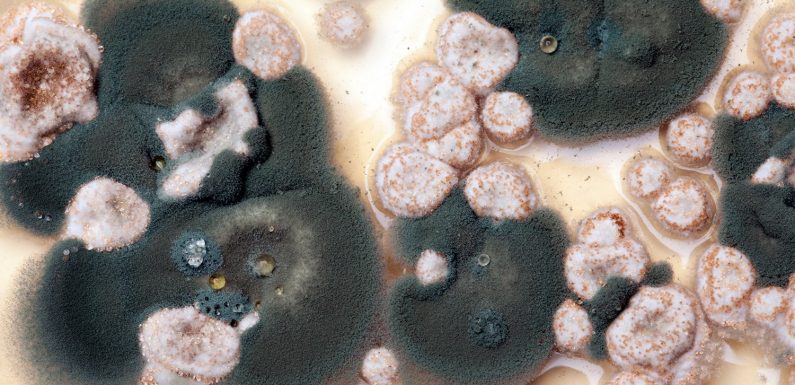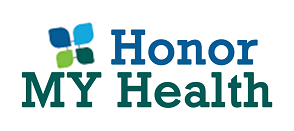
The most ideal treatment for any allergic reaction is to keep off the predisposing factors. However, some allergens like mold are too common to avoid at all times. The only best thing to do is to identify a suitable treatment that can alleviate allergic rhinitis brought by mold exposure. The following are some of the major treatments approaches that are used when treating mold hypersensitivity.
Nasal corticosteroids
These are mainly nasal sprays that assist in preventing and treating the inflammation caused by mold allergy that affects the upper respiratory system. These corticosteroids are highly effective medications for allergies and are often prescribed as the drugs of choice in many instances. Their side effects are mild and manageable. Nasal dryness and nose bleeding are among the most common side effects of nasal corticosteroids.
Antihistamines
Antihistamines are drugs of choice in mitigating sneezing, runny nose, and itching that occurs after mold exposure. These drugs work by blocking the action of histamine. Histamine is a chemical released by the body systems during an allergic reaction to cause inflammation. Some Antihistamines can cause mild drowsiness and dryness of the mouth. The drowsiness can affect productivity at work and performance at school.
Oral Decongestants
Over the counter oral decongestants include Drixoral and Sudafed. Oral decongestants should be taken with caution as they can increase blood pressure. They are thus contraindicated to patients who have underlying hypertension. Their possible adverse effects include increased blood pressure, decreased or no appetite, insomnia, anxiety, restlessness, and palpitations.
Decongestant Nasal Sprays
These are medications such as oxymetazoline that are used to clear a congested nose to leave it free of any blockage from mucus. It is imperative to avoid using these drugs after three days since they can cause more congestion once you quit them. Unfortunately, the relapse they cause come back with even severe symptoms. Other probable side effects are nervousness, headache, and insomnia.
Montelukast
Montelukast refers to a tablet that is used to counter the action of leukotrienes in the body systems, especially in the respiratory pathways. Leukotriene is a major immune chemical that causes excess mucus secretion during an allergic reaction. This drug is highly effective in treating asthmatic attacks as well as mold exposure.
Immunotherapy
Immunotherapy comes as a series of allergy shots meant to boost your immunity against mold allergens. The allergy shots used for immunotherapy are highly effective in treating mold exposure. It is essential to visit your physician to assess the extent of your hypersensitivity to mold and recommend this type of treatment.
Nasal Lavage
To help in relieving the irritating nasal symptoms caused by mold exposure, your physician may advise you to rinse your nose with salt water daily for some time. Use a squeeze bottle specifically designed for this purpose such as that included in the saline kit for a sinus rinse. Irrigate your nasal passages using these bottles. This home remedy can greatly help in shielding your nose from any irritants.
Home and Lifestyle Remedies
Ensure you sleep while your windows are closed to prevent the entry of outdoor mold into your rooms. The accumulation of the airborne mold is high at night when the weather is cool and damp.
Put on a mask to cover your mouth and nose to avoid entry of mold spores into your respiratory systems.

